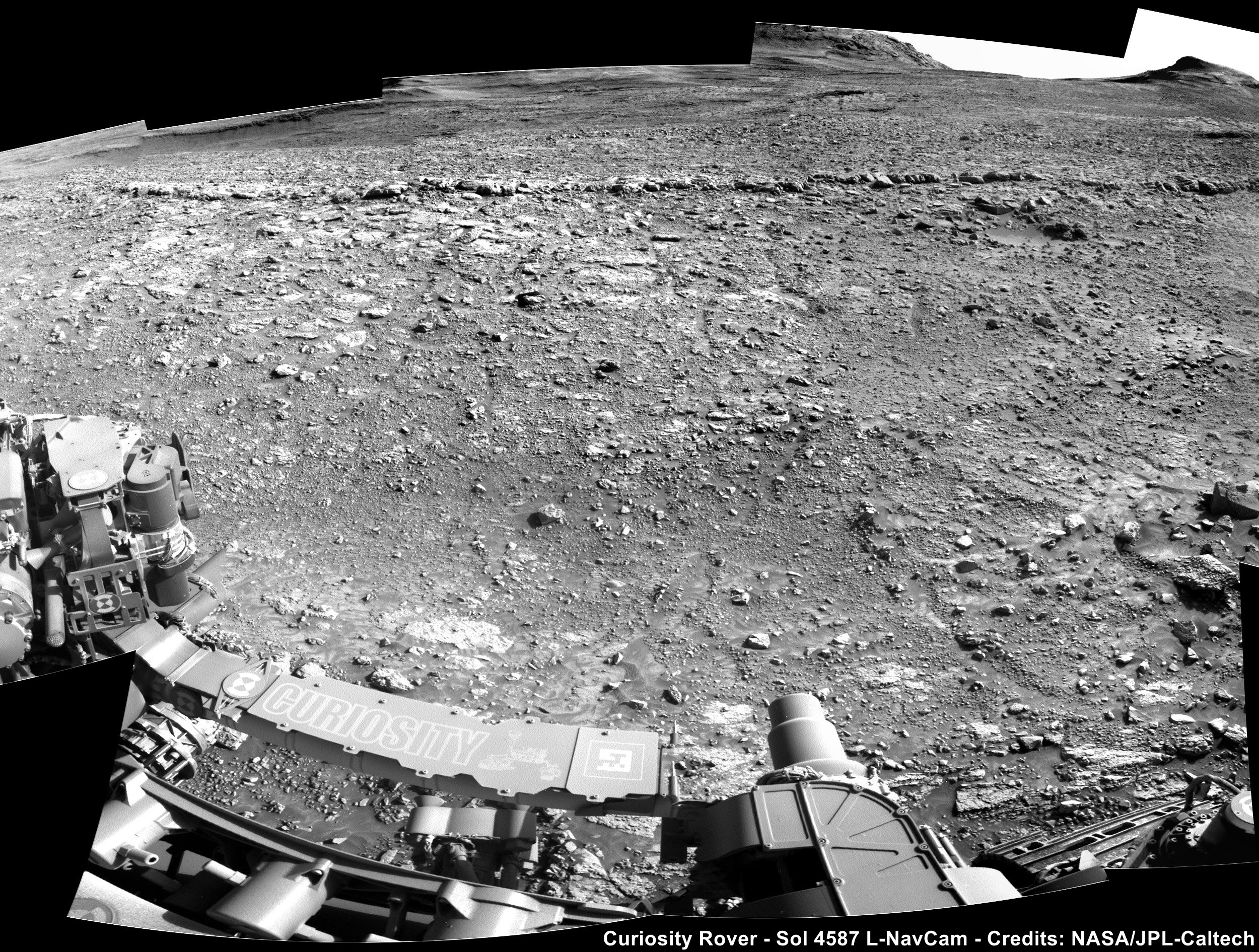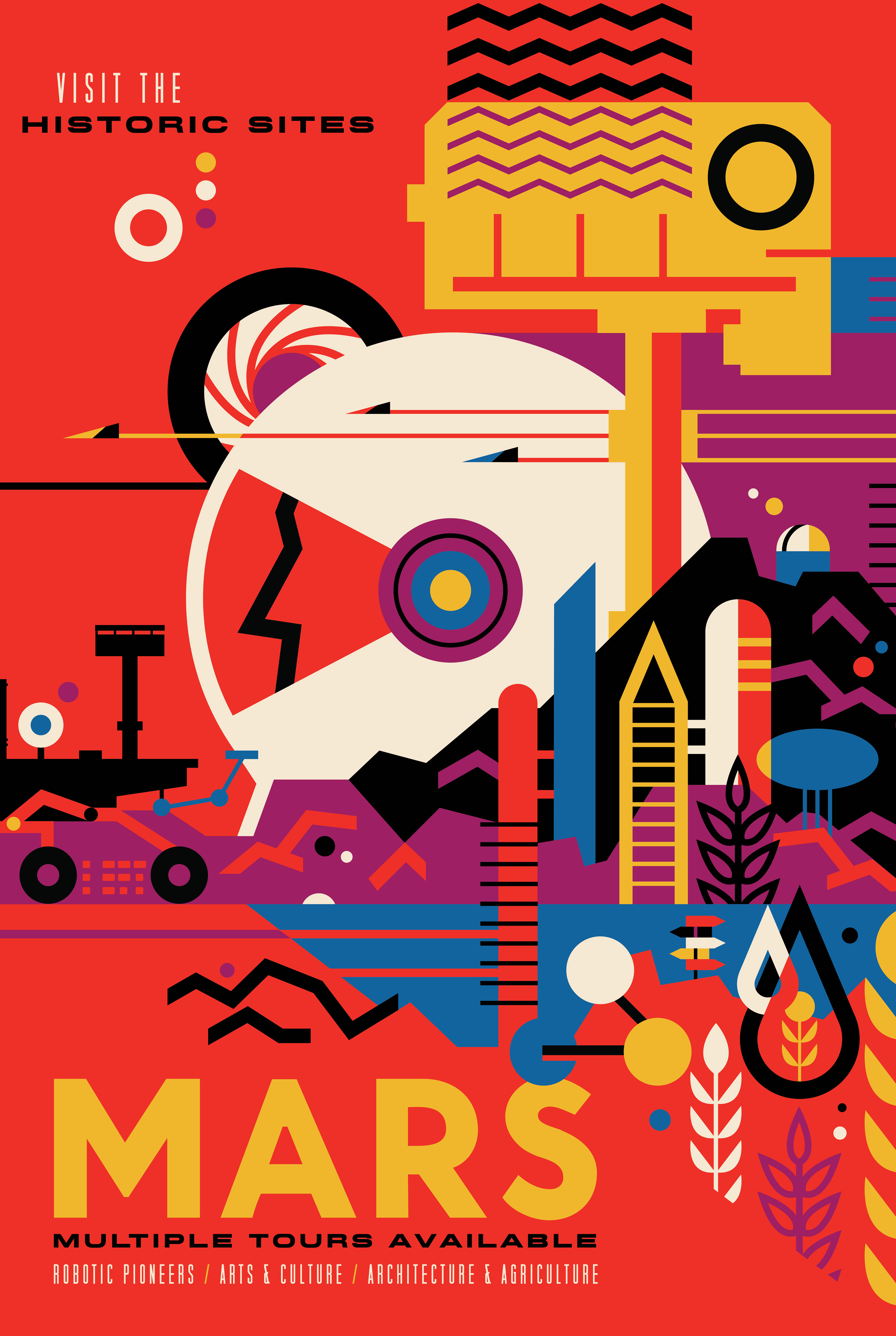NASA's Curiosity Mars Rover
612 readers
23 users here now
A lemmy community for scientific discussion of the Curiosity Rover and Mars Science Laboratory.
founded 1 year ago
MODERATORS
1
2
3
4
5
6
7
8
9
10
11
12
13
14
15
16
17
18
19
20
22
23
24
25
view more: next ›





















